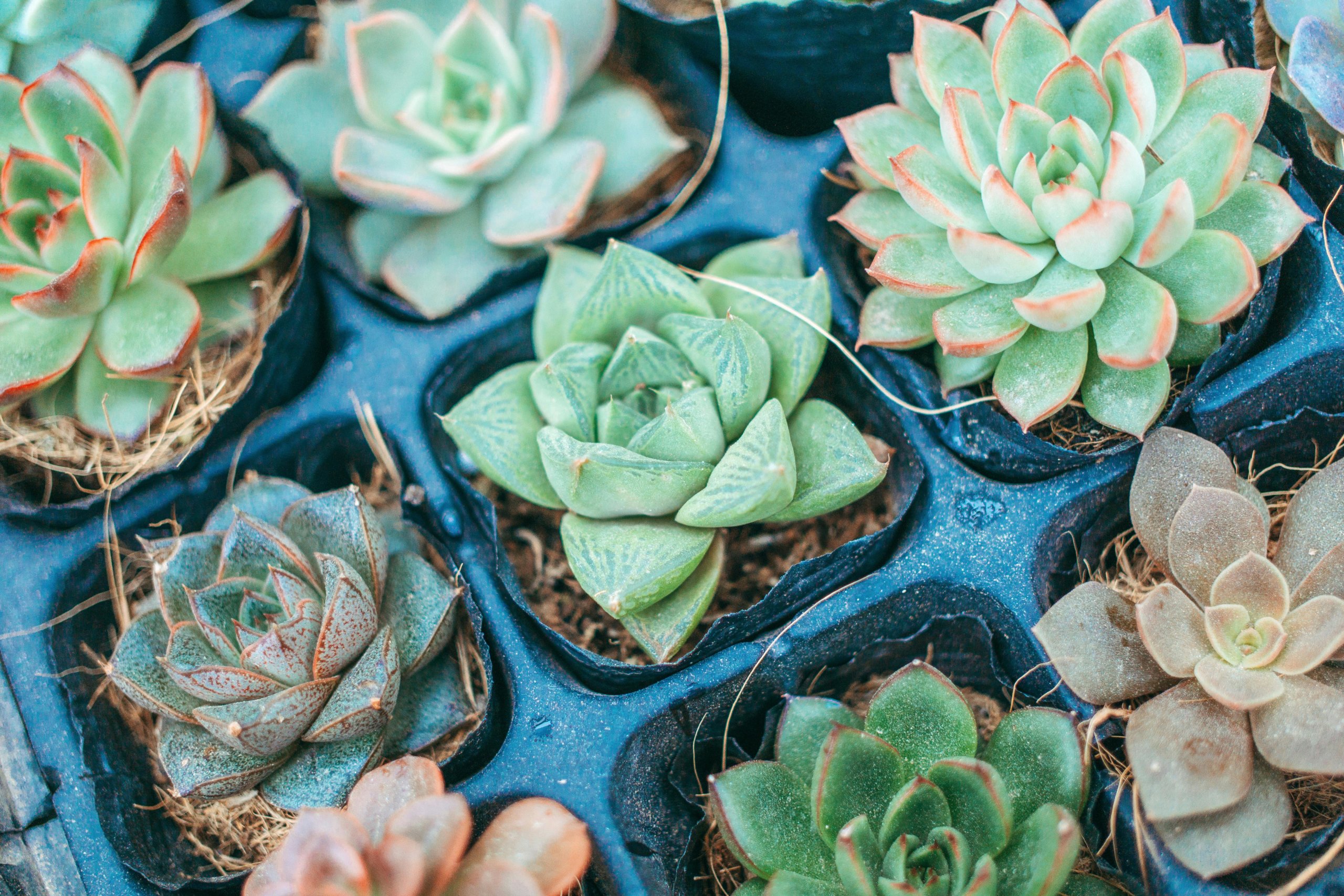Propagation Trays for Succulents
If you enjoy growing new succulents at home, using a propagation tray can make the process simpler and more organized. A propagation tray lets you start many succulent cuttings at once, giving each one space and the right environment to root and grow. These trays come with drainage holes, which help prevent extra water from causing rot.
You can find propagation trays in many sizes and shapes, from basic to more decorative options. Some trays work well indoors or outdoors, and you can fill them with a well-draining succulent soil mix. Choosing the right tray can help your baby succulents get off to a healthy start, making it easier for you to grow your collection.
Understanding Propagation Trays for Succulents
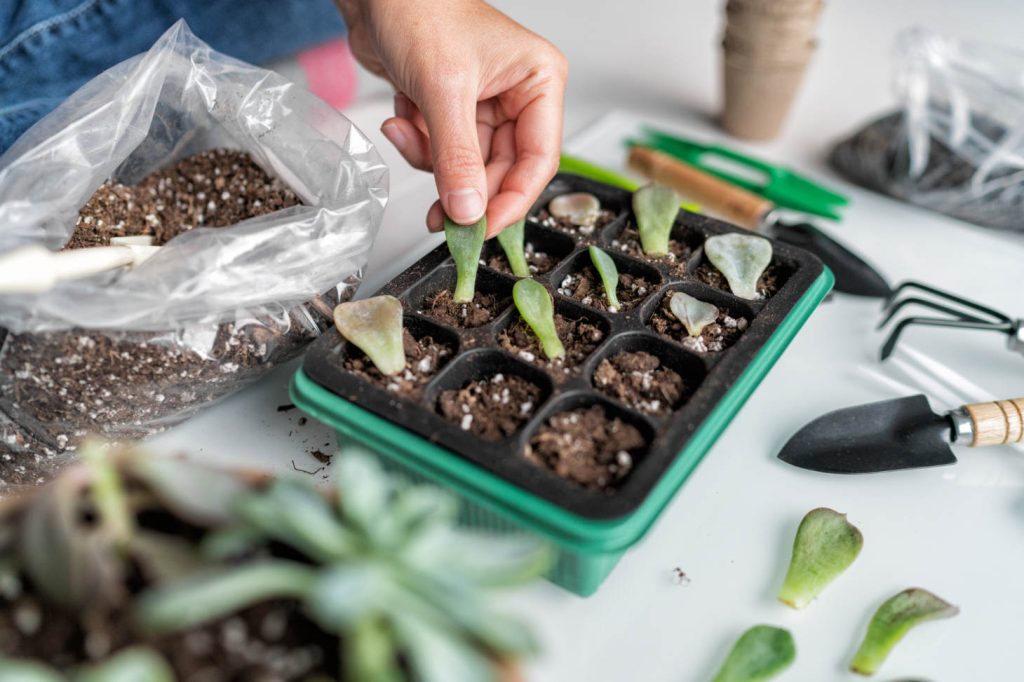
Propagation trays help you grow new succulents from leaves or cuttings by creating the right environment. Selecting the correct tray and setup supports strong root systems and healthy new plants.
What Are Succulent Propagation Trays
A succulent propagation tray is a shallow, flat container made for starting new succulents from leaves or cuttings. These trays have drainage holes, preventing excess water from sitting in the soil and reducing the risk of rot.
You can use these trays to root a large number of cuttings or leaves at once. They are designed to give each cutting enough airflow and space, which helps prevent mold and overcrowding. Most propagation trays are made from plastic, but you can also find metal or biodegradable options.
Succulent propagation trays are sometimes called seedling trays or plug trays. Some growers use trays with individual cells (called plug trays) for more organized planting, while others prefer an open tray for larger leaf propagation.
Types of Propagation Trays
You can choose from several types of trays based on your needs:
| Type | Description | Best for |
|---|---|---|
| Open Trays | Flat, shallow trays without dividers | Leaf propagation |
| Plug Trays | Trays with individual small cells for each cutting | Stem cuttings, seedlings |
| Seedling Trays | Similar to plug trays but may have more or fewer cells | Starting seeds or small cuttings |
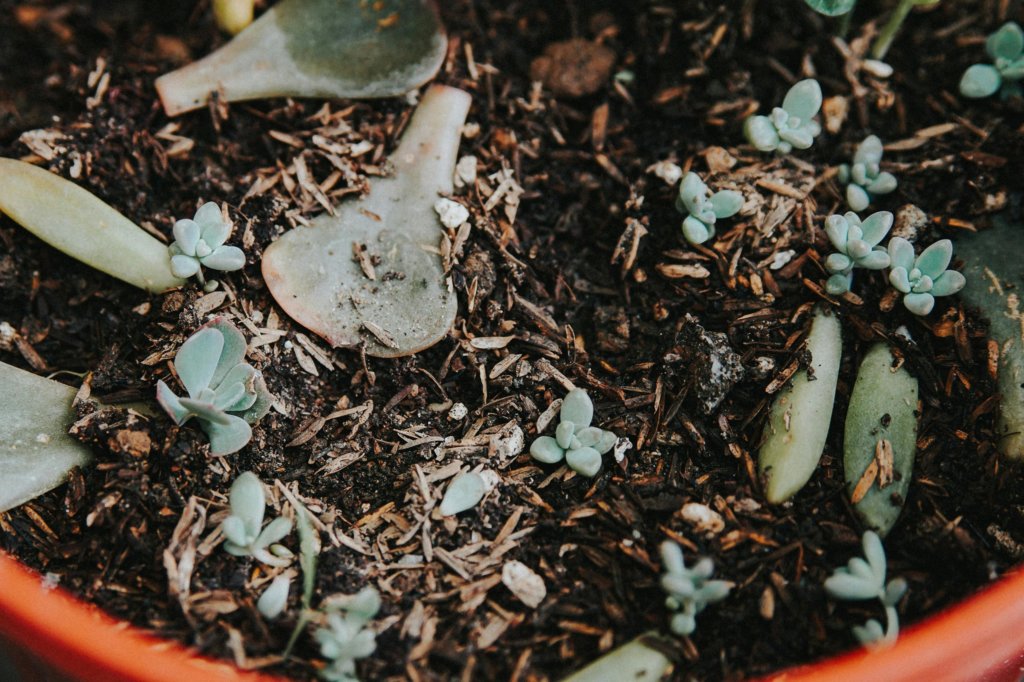
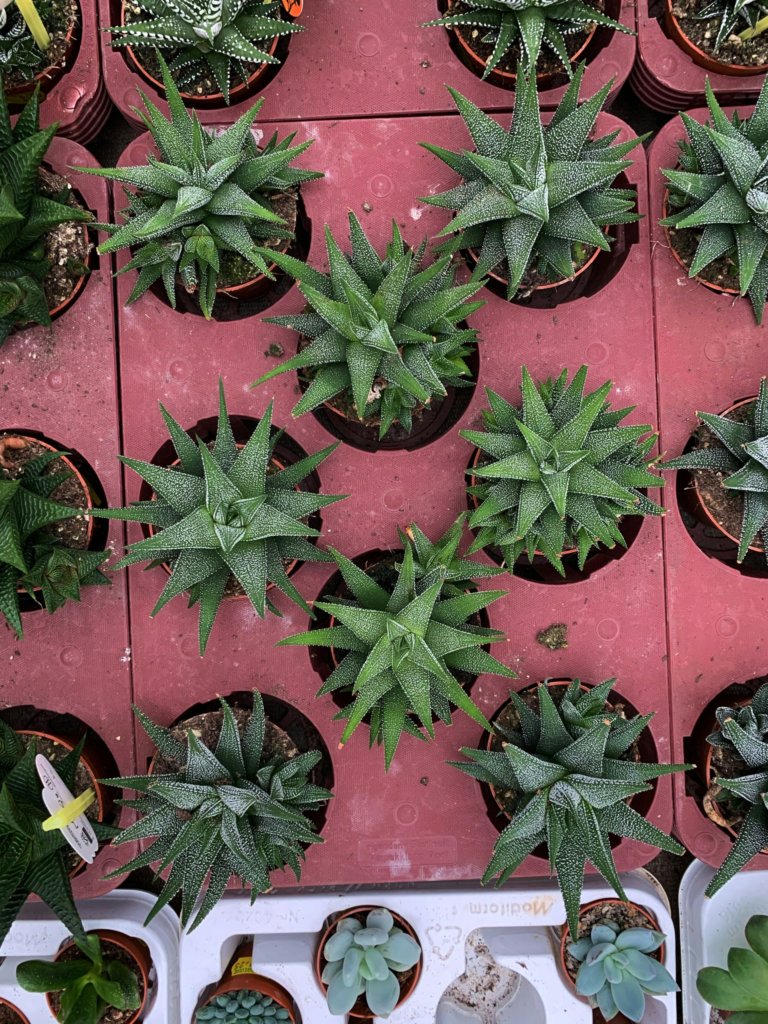
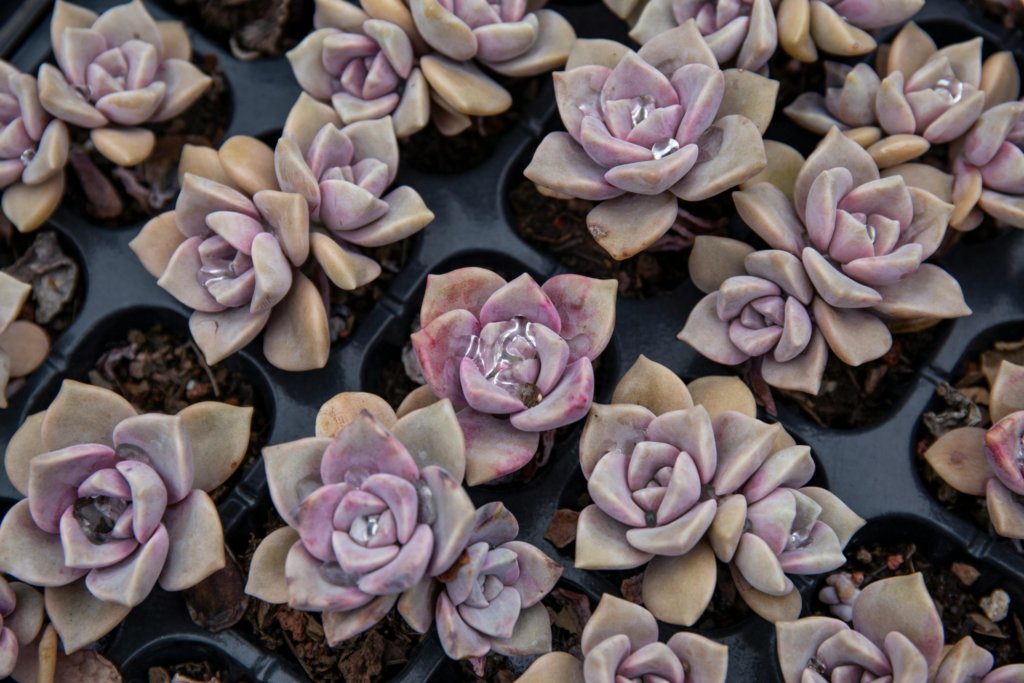
Open trays allow you to lay many leaves across the surface. Plug trays and seedling trays keep cuttings separate, which can help stop the spread of disease or fungus. Plastic options are light and reusable, while biodegradable trays are better for reducing plastic use.
Check for trays with proper drainage. This is important because succulents are sensitive to excess moisture. Some trays also include a clear lid to increase humidity during early root development.
How Propagation Trays Facilitate Root Growth
Propagation trays create the best environment for young succulents to grow strong roots. Their shallow depth allows more airflow around the base of each leaf or cutting, helping roots dry out between waterings.
Drainage holes let excess water escape, which keeps the soil from becoming soggy. Good airflow and proper moisture are important for preventing rot and disease, which young succulents are sensitive to.
Using a succulent propagation tray makes it easier to keep track of your cuttings or leaves. Plug trays help roots grow downward and form a healthy root system without getting tangled up with nearby plants. This makes transplanting less stressful for young succulents and leads to better growth after planting.
Selecting the Best Propagation Trays for Success
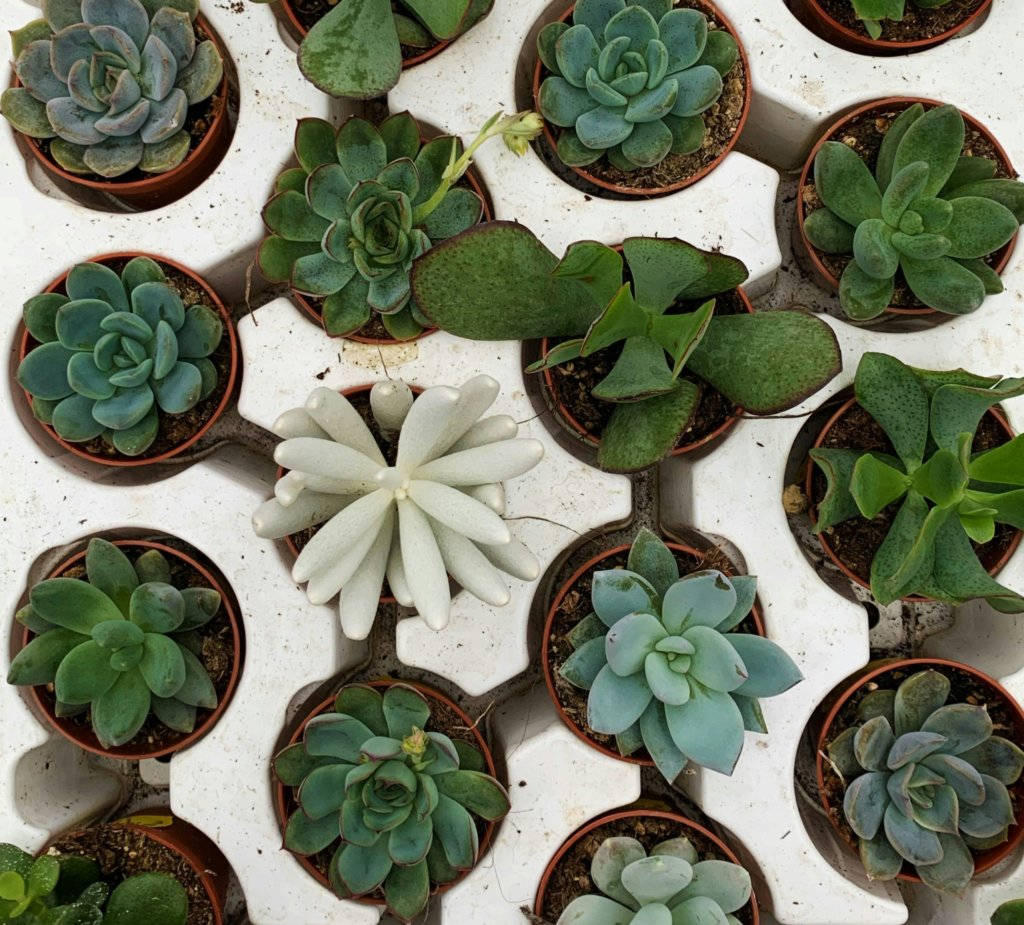
Succulent propagation works best when you use trays that match the plant’s needs for soil, air, and moisture. The right tray choice helps roots develop, prevents rot, and makes transplanting easier.
Choosing the Right Tray Material
Propagation trays are made from plastic, biodegradable fibers, or sometimes metal. For succulents, plastic trays are popular because they are lightweight, washable, and can be reused many times. Sturdy plastic trays, such as plug trays, do not break easily, making them ideal for both beginners and experienced growers.
Biodegradable trays made from peat or coconut coir are good for the environment and reduce waste, but they may break down before succulent roots are strong enough for transplanting. This makes them less reliable for slow-growing succulents.
Look for trays that are free from sharp edges and do not crack with regular use. Transparent or light-colored trays can help you see root development without disturbing the plants.
Optimal Tray Size and Depth
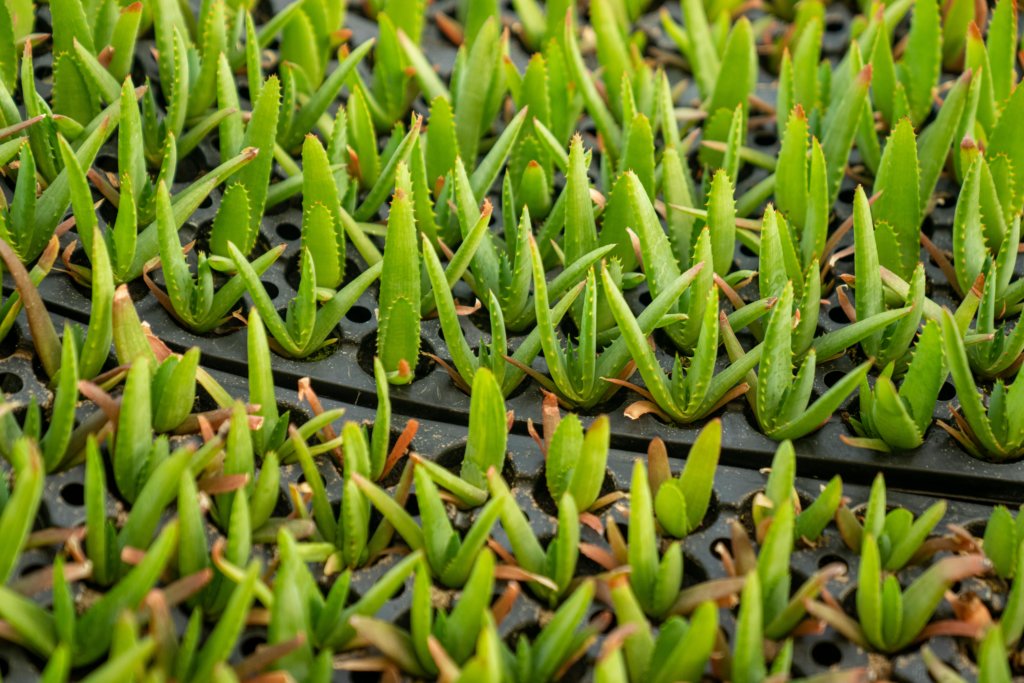
The size and depth of the tray depend on the type of succulents you are propagating. For most small succulents, shallow trays work best since their root systems do not go deep. Typically, trays that are 1.5 to 2.5 inches deep provide enough space for root growth without holding too much water.
Plug trays with individual cells help keep succulent seedlings separated. This prevents roots from tangling. Choose a tray with cell sizes between 1 to 2 inches wide for most small succulents. Larger succulents can use deeper or bigger cells as needed.
Using a tray that is too deep increases the risk of over-watering, which can cause root rot. Proper matching of tray size and succulent type is important for healthy development.
Drainage and Ventilation Considerations
Proper drainage is critical for succulents because their roots can rot if left in standing water. Always choose trays with drainage holes at the bottom of each cell or plug. This allows excess water to escape easily and lets air flow reach the root system.
For best results, pick trays with legs or raised bottoms to further increase airflow underneath the tray. Good ventilation around the tray helps soil dry faster and reduces fungal growth.
If you use a humidity dome, make sure to remove it for part of the day to prevent too much moisture. Keeping air moving around your trays helps your succulents develop strong, healthy roots and reduces the risk of disease.
Effective Methods for Propagating Succulents in Trays
Using shallow trays with drainage is an easy and reliable way to propagate succulents. You can try leaf cuttings, stem cuttings, or start with seeds depending on the type of succulent and your experience level.
Leaf Cuttings in Propagation Trays
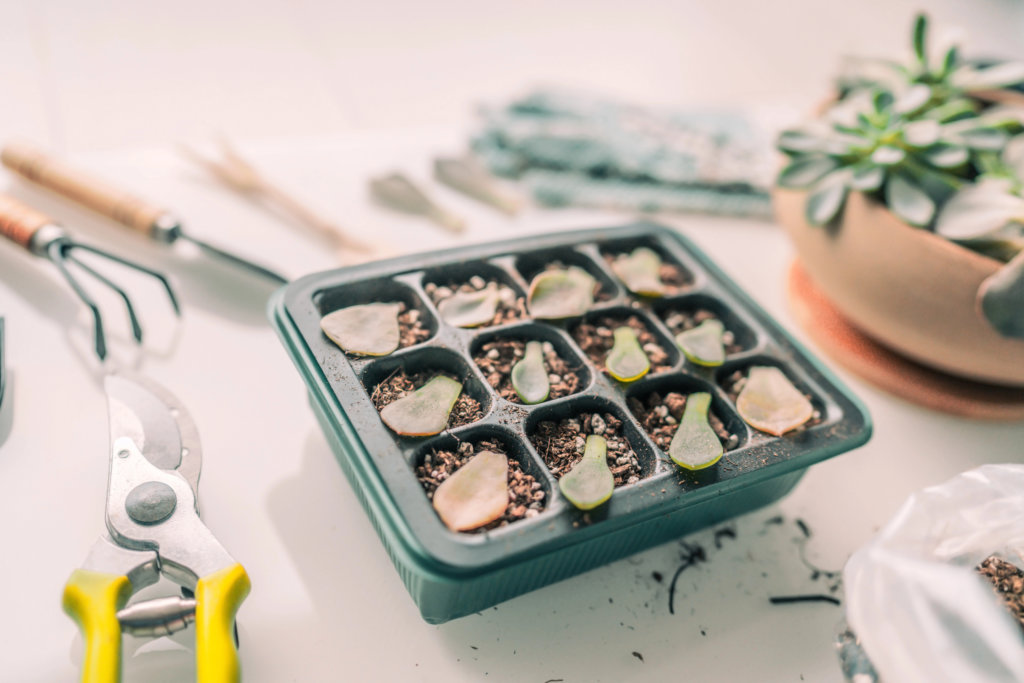
Leaf cuttings work well for many succulents like Echeveria or Jade. Start by removing healthy leaves with a gentle twist. Let the cut end dry for a few days. This step is important because it prevents rotting.
Once dry, place each leaf on top of well-draining succulent soil in the tray. Do not bury the leaves. Water lightly when the soil is dry, but avoid overwatering. In two to three weeks, you may see roots or tiny new plants forming at the base of each leaf.
Keep trays in a spot with bright, indirect light. Most leaves that stay firm will develop into new plants. Discard leaves that turn mushy or shrivel completely.
Stem Cuttings Techniques
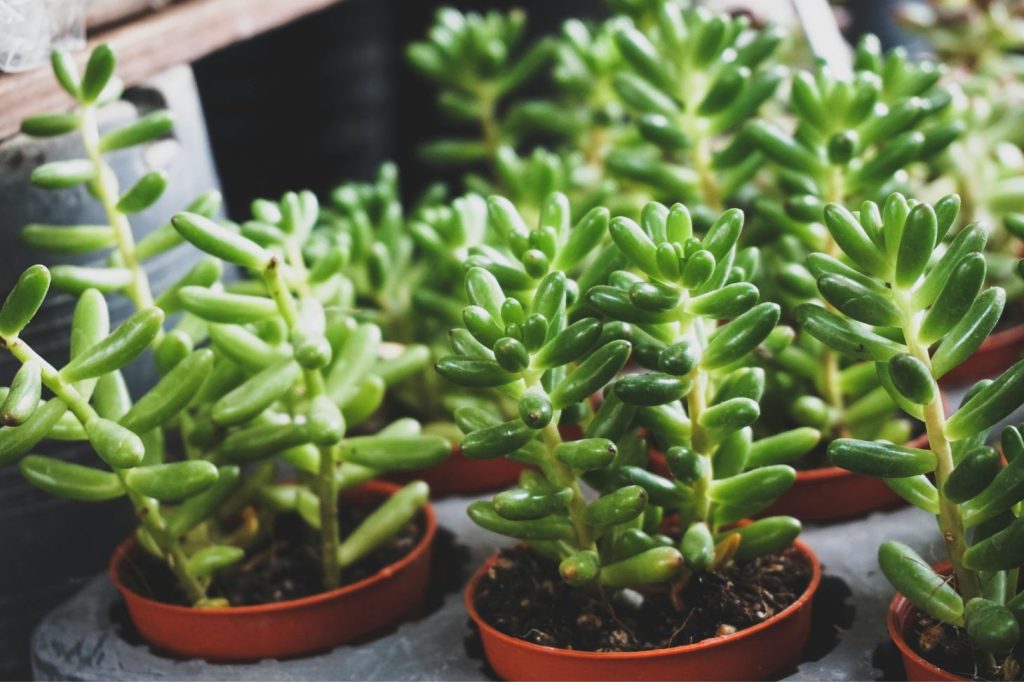
Stem cuttings are best for succulents that grow tall or form rosettes, such as Sedum or Kalanchoe. Cut a healthy section of stem using clean scissors. Let the cutting dry for a few days until the cut end forms a callus.
Once callused, place the cuttings into a tray filled with succulent soil. Insert the cut ends slightly into the soil so they stand upright. Lightly mist the soil to avoid disturbing the cuttings. Water only when the soil feels dry to the touch.
Provide bright, filtered sunlight to encourage growth. Roots usually appear in two to three weeks. Label each section of your tray if you’re propagating different varieties for easier identification later.
Starting Succulents from Seeds
Growing succulents from seeds in trays takes more time and patience. Fill your tray with a fine, well-draining succulent mix. Sprinkle the seeds over the surface, as most are very small. Press them gently, but do not cover with soil since light helps germination.
Mist the surface with water to keep it slightly moist. Cover the tray with a clear lid or plastic wrap to raise humidity while seeds sprout. Place the tray in bright, indirect light.
Germination can take several days to a few weeks depending on the species. Once seedlings appear, remove the cover and continue to mist lightly. Thin out weaker seedlings, and let the healthiest young succulents grow until they’re large enough to transplant.
Tips for Healthy Growth and Common Challenges
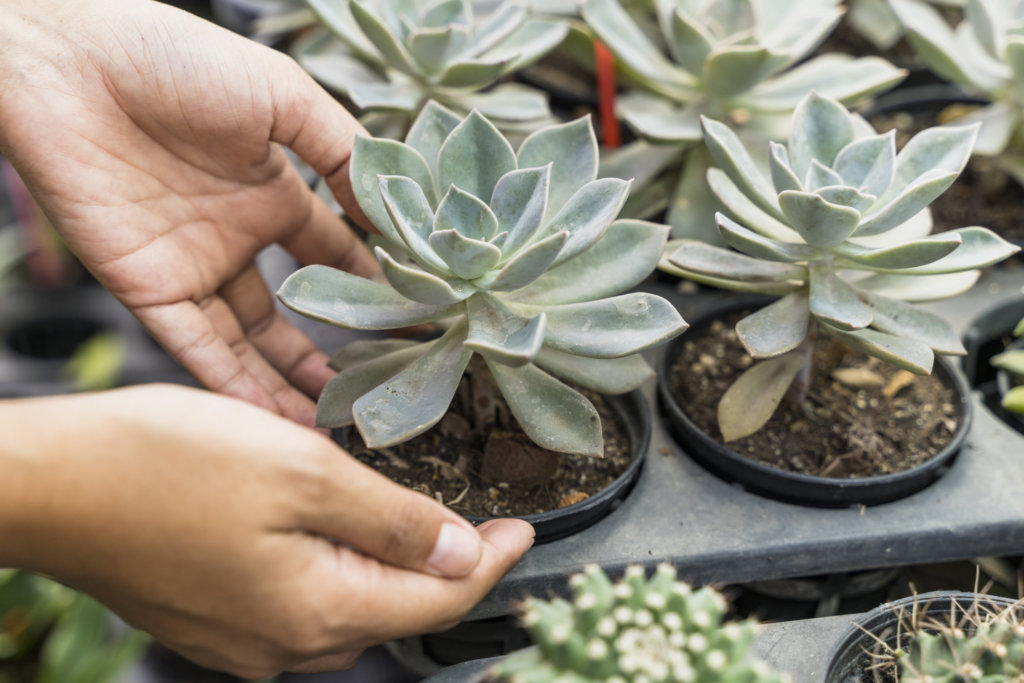
Keeping succulents strong when using propagation trays depends on promoting root health, knowing when to move them, and managing early growth. Each step can help you prevent common problems and keep your plants thriving.
Avoiding Root Rot
Root rot happens mostly because of too much moisture in the soil. When you use propagation trays, make sure the soil drains well and never stays soggy. Choose a light, gritty mix instead of regular potting soil, which holds too much water.
Always check that your trays have drainage holes. Water only when the top inch of soil feels dry. If you see leaves turning mushy or dark at the base, take out the affected succulents right away. Overcrowding can stop air from moving around the roots, so space out your plants to help them dry out between watering.
If you’re growing lots of succulents together, use labels or a watering schedule table to remind you when each tray needs attention.
An example of a watering schedule might look like the table below:
| Tray Number | Last Watered | Condition Check |
|---|---|---|
| 1 | June 30 | Good |
| 2 | July 1 | Needs Drying |
Transplanting to Gardens or Living Spaces
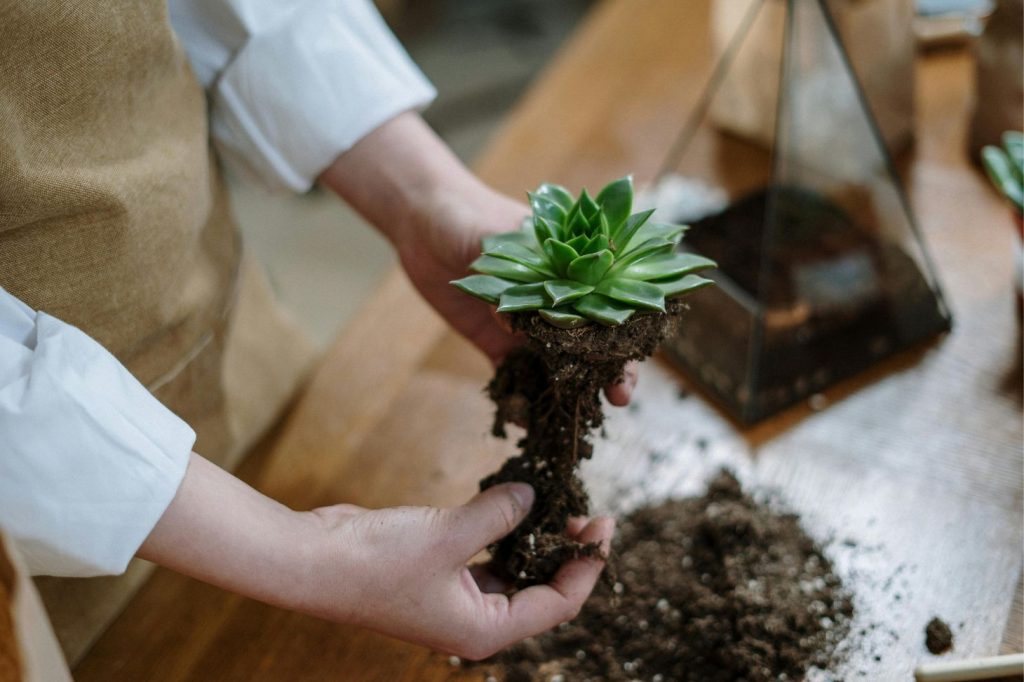
Move your rooted succulents from trays to your garden, pots, or a living space when roots are at least one inch long and the plant can stand up on its own. Transplant gently by lifting them with a spoon or flat tool to protect the roots.
Choose a spot with bright, indirect sunlight. If planting outside, wait for mild weather, too much heat or cold can shock young plants. Before placing succulents in new soil or pots, let them dry for a day or two so any wounds can heal and reduce the chance of rot.
Once transplanted, water lightly and avoid touching leaves too much. Give them space to allow air movement and prevent fungus or pest build-up. Watch the plants for two weeks to make sure they adapt well.
Maintaining Healthy Seedlings
After your succulents sprout, they need enough light and occasional fresh air. Place trays near a bright window or use a grow light for 12-16 hours a day. Turn trays every few days for even growth.
Keep the soil barely damp, not wet. Young succulents need less water than mature plants. Over-fertilizing can weaken them, so only feed with a half-strength succulent fertilizer once a month during their growing season, if needed.
Check for pests like fungus gnats or mealybugs. Remove any unhealthy leaves quickly to stop mold from spreading. Use a small fan set on low to improve air flow if you notice leaves staying too moist. This will help your seedlings grow stronger and reduce common problems.

